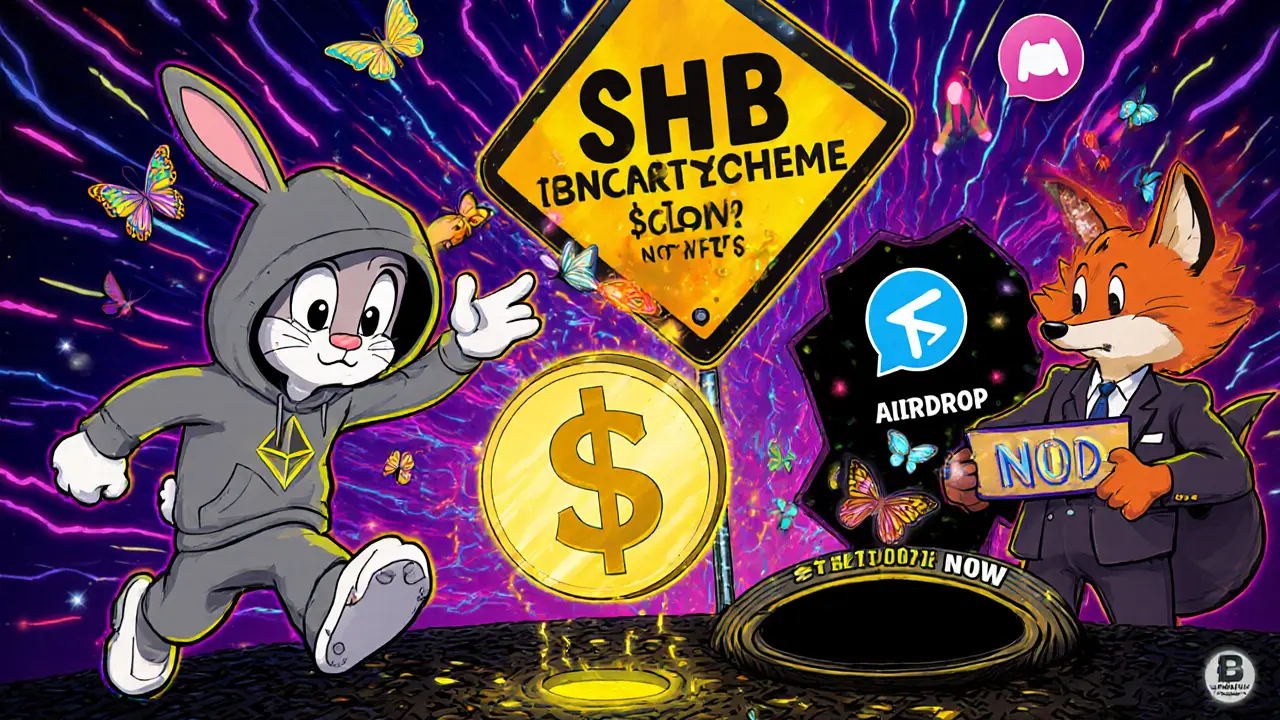CBSN Airdrop: What It Is, How It Works, and Where to Find Real Opportunities
When people talk about the CBSN airdrop, a distribution of free tokens tied to a blockchain project, often used to grow a user base or reward early supporters. Also known as crypto airdrop, it's a common way for new projects to spread awareness and build community. But here’s the catch: there’s no verified project called CBSN on major exchanges like CoinMarketCap or CoinGecko. That means any claim about a CBSN airdrop is either a mistake, a scam, or a fake token trying to ride the coattails of real airdrops like DeFiChain (DFI) or NYM.
Airdrops aren’t magic—they require real projects with working tech, clear tokenomics, and active communities. Look at real examples: DeFiChain, a Bitcoin-backed DeFi protocol that ran official airdrops through Cake DeFi and CoinMarketCap, or NYM, a privacy-focused token that gave away millions through campaigns on Bybit and Galxe. These had public announcements, step-by-step claim guides, and verifiable wallet addresses. A CBSN airdrop? No official website. No whitepaper. No team. No exchange listing. That’s not a missed opportunity—it’s a red flag.
Scammers love fake airdrop names because they sound official. CBSN could stand for anything—Crypto Blockchain Society Network, Coin Swap Network, or just random letters mashed together. They’ll ask you to connect your wallet, send a small fee, or share your seed phrase. Never do any of that. Real airdrops never ask for money upfront. They never ask for your private key. And they always list clear eligibility rules, like holding a certain token or completing social tasks on verified platforms.
If you’re looking for real airdrops, focus on projects with actual traction. Check out ATA airdrop, from Automata Network, which had a transparent distribution and vesting schedule, or Genshiro (GENS), a Kusama-based DeFi token with documented past distributions. These had public timelines, wallet addresses you could verify, and clear instructions. The same standards should apply to anything labeled CBSN.
Most of the posts here focus on real, trackable opportunities—like claiming DFI tokens through Cake DeFi, or grabbing SHIBAFRIEND NFTs on CoinMarketCap. They show you exactly how to spot the real ones, avoid the traps, and know what to look for before you click anything. If you’ve seen a CBSN airdrop pop up, you’re not alone. But you’re also not missing out on something valuable—you’re being targeted by noise. The real gains come from sticking to projects with proof, not promises.
Below, you’ll find detailed guides on actual airdrops, how to claim them safely, and what makes one project trustworthy while another is just a ghost in the blockchain. Skip the fake names. Focus on the ones with real data behind them.
